Learn How To Sew A Hole: Step-by-Step Guide For Easy Repair
Sewing is a valuable skill that allows you to repair and mend your clothes instead of replacing them. Learning how to sew a hole can save you money and extend the life of your garments.
In this article, we will guide you through the step-by-step process of fixing a hole in the fabric, whether it’s a small tear or a larger damaged area.
How to Sew a Hole in 5 Minutes
Assuming you already know how to thread a needle and tie a knot, here are 5 quick and easy steps to sewing a hole:
- Cut a small piece of thread, about 12 inches long.
- Thread your needle and make a knot at the end of the thread.
- Push the needle up through the fabric from the back side, about ¼ inch from the edge of the hole.
- Come back down through the fabric, about ¼ inch from the first stitch.
- Continue sewing around the hole, making small, evenly-spaced stitches.
When you get back to the beginning, tie off the thread and trim the excess. Your hole should now be sewn shut!
Understanding the Hole
Before you start repairing the hole, assess its size and location. Smaller holes are easier to mend, while larger ones may require additional techniques.
Also, consider the fabric type as some materials are more delicate or challenging to repair. Understanding the hole will help you choose the appropriate method for the repair.
How to Sew a Hole: Step-by-Step Guide
Don’t Worry! If you are not a sewer just follow these guidelines to sew a hole:
Step One: Gather Your Supplies
Here are the items you’ll need to sew a hole in five minutes or less:
- A needle
- Thread (preferably in a color that closely matches the fabric)
- Scissors
- A straight pin
- A thimble (optional, but helpful)
Step Two: Preparing the Fabric
Before you begin sewing, prepare the fabric by cleaning the area around the hole. Remove any loose threads or debris and ensure the fabric is smooth and flat.
If needed, gently iron the fabric to eliminate wrinkles, as they can affect the quality and appearance of the repair.
Step Three: Choosing the Right Thread and Needle
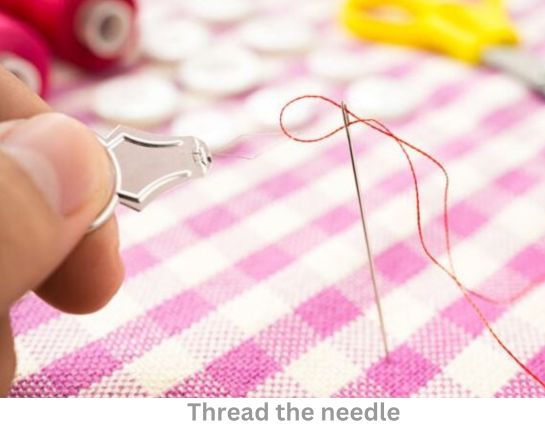
Selecting the right thread and needle is crucial for a successful repair. Choose a thread that matches the color and thickness of the original thread as closely as possible.
For lightweight fabrics, opt for a finer thread, while heavier fabrics may require a stronger, thicker thread.
Similarly, choose a needle that suits the fabric type and hole size, ensuring it can easily pass through the fabric without causing further damage.
Step Four: Positioning and Securing the Fabric
When sewing a hole, it’s essential to position the fabric properly to ensure a neat and secure repair.
Pin the fabric together if necessary, ensuring the hole edges align precisely.
For larger holes, you may need to use fabric pins or basting stitches to hold the fabric in place temporarily.
Step Five: Stitching the Hole
To start the actual sewing process, thread the needle and tie a secure knot at the end of the thread.
Begin stitching from the inside of the fabric to hide the knot. Use small, even stitches to close the hole, working your way along its edges.
Take care not to pull the thread too tightly, as it can pucker the fabric. Repeat the stitches until the hole is completely closed.
Step Six: Reinforcing the Repair
To reinforce the repair and prevent the hole from reopening, create additional stitches around the repaired area.
This technique, known as backstitching, involves sewing backward over a few stitches and then continuing forward again.
Repeat the backstitching process a few times to ensure a sturdy and long-lasting repair.
Step Seven: Finishing the Repair
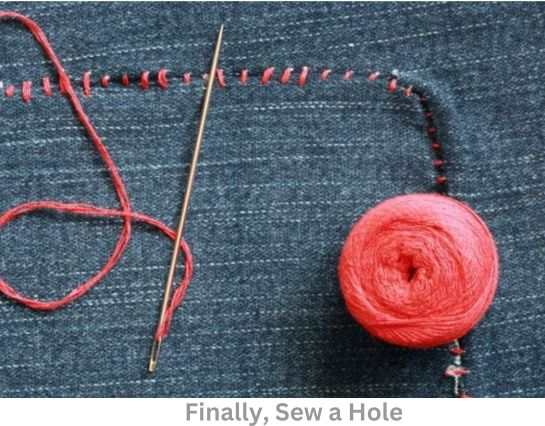
Once you have sewn the hole and reinforced the repair, trim any excess thread.
Carefully inspect the repaired area, making sure there are no loose threads or visible stitches.
If necessary, press the fabric again to flatten any creases that may have formed during the sewing process.
Additional Tips and Techniques To Sew a Hole
- For delicate fabrics, such as silk or chiffon, use a lightweight interfacing or fabric patch to provide additional support during the repair.
- If the hole is too large to close with regular stitches, consider using a darning technique to recreate the missing fabric.
- Experiment with decorative stitches or embroidery to add a unique touch to your repaired garments.
Common Mistakes to Avoid While Sew a Hole
- Pulling the thread too tightly, as can distort the fabric and create puckering.
- Using a needle that is too large or too small for the fabric type, can cause damage or ineffective repairs.
- Neglecting to reinforce the repair with backstitching, leading to the potential reopening of the hole.
Why Sew a Hole?
Sewing a hole in your clothes can be a quick and easy way to fix a ripped seam or hole in your clothing. It is also a great way to add a decorative touch to your clothing.
Sewing a hole in your clothes can be done by hand or with a sewing machine. If you are hand sewing, you will need a needle and thread. If you are using a sewing machine, you will need a sewing machine needle and thread.
To sew a hole by hand, start by threading your needle. Then, tie a knot at the end of the thread. Next, insert the needle into the fabric at the edge of the hole.
Sew a small running stitch around the hole. Pull the thread tight and tie a knot to secure the thread. Trim the excess thread.
To sew a hole with a sewing machine, start by threading the machine. Then, set the stitch length to a small stitch.
Place the fabric under the presser foot so that the hole is in the center of the foot. Lower the presser foot and start sewing slowly around the hole.
Increase the speed as you sew. Sew around the hole 3-4 times. Then, cut the thread and tie a knot to secure the thread.
Different Ways to Sew a Hole
We all know how important it is to have a well-sewn hole in our clothes. Not only does it make our clothes look more polished, but it also helps them last longer.
There are a few different ways to sew a hole, and each has its own benefits.
The first way to sew a hole is by hand. This is the most traditional way to do it, and it’s also the most time-consuming. If you’re patient and have a steady hand, this is a great option. It’s also a good option if you don’t have access to a sewing machine.
The second way to sew a hole is with a sewing machine. This is a much faster option, and it’s also more precise. If you’re in a hurry or don’t have a lot of experience sewing by hand, this is a great option.
The third way to sew a hole is with a patch. This is a good option if you want to cover up a hole without actually sewing it. You can buy patches at most craft stores, or you can make your own.
No matter which method you choose, sewing a hole is a simple process. Just take your time and be careful, and you’ll have a well-sewn hole in no time.
How to Sew a Hole by Hand
Assuming you know how to thread a needle and tie a knot, here’s a quick tutorial on how to sew a hole by hand. This method is great for small holes and tears, and it’s much faster than sewing a patch onto your clothing.
- Thread your needle, and then tie a knot at the end of the thread.
- Next, insert the needle into the fabric from the wrong side.
- Then, come up through the fabric from the wrong side, about 1/4 inch away from where the needle first entered.
- Now, insert the needle back into the fabric, this time from the right side.
- Come up through the fabric again, this time about 1/2 inch away from where the needle last exited.
- Repeat steps 4 and 5 until you’ve sewn the hole closed.
- To finish, knot the thread on the wrong side of the fabric.
How to Sew a Hole with a Sewing Machine
Assuming you already know how to operate a sewing machine, sewing a hole with a sewing machine is actually a relatively quick and easy process. Here are the basic steps:
- Choose a thread that matches the color of your fabric and wind it onto the sewing machine bobbin.
- Thread the sewing machine needle with a thread that matches the fabric color as well.
- Set up your sewing machine with a straight stitch and an appropriate stitch length for your fabric.
- Place the fabric under the needle, aligning the hole in the fabric with the needle.
- To secure the fabric in place, lower the presser foot.
- Begin sewing slowly, backstitching a few stitches at the start to secure the seam.
- Guide the fabric, ensuring that the needle passes over the hole.
- Continue sewing along the seam, staying close to the original stitching line, until you have covered the hole completely.
- Backstitch again at the end to secure the seam.
- Trim any excess threads and inspect your work for any loose ends.
And that’s it! Sewing a hole with a sewing machine is a fairly simple process that just about anyone can do. So if you ever find yourself with a hole in your clothing, don’t fret just grab a sewing machine and some thread, and you’ll have it fixed up in no time
How to Sew a Hole in a Shirt
Assuming you know how to sew, and have all the supplies needed:
- Start by threading your needle with thread that matches the color of your shirt.
- knot the end of the thread.
- Insert the needle into the fabric from the back side of the shirt, and come up through the fabric at the point where the hole is.
- Put the needle back through the fabric, about a quarter inch away from where you first came up.
- Continue doing this, until you have sewn around the entire hole.
- To finish, knot the thread on the back side of the fabric.
How to Sew a Hole in a Seam
Are you in a hurry and need to sew a hole in a seam? This quick and easy method will have you finished in no time. To sew a hole in a seam, just follow these steps:
- Thread your sewing needle with a thread that matches the color of the fabric.
- Knot the end of the thread.
- Insert the needle into the fabric from the inside, near the edge of the hole.
- Bring the needle through the fabric, going across the hole to the opposite side.
- Insert the needle back into the fabric on the opposite side, near the edge of the hole.
- Continue stitching back and forth across the hole, creating small, even stitches.
- Once you have sewn across the entire hole, make a small knot on the inside of the fabric to secure the thread.
- Trim any excess thread.
And that’s it! You’ve now successfully sewn a hole in a seam.
How to Sew a Small Hole in Clothes
If you have a hole in your clothes, it’s easy to fix it with a little sewing. Here’s a step-by-step guide on how to sew a hole in your clothes.
- Start by threading a needle with thread that matches the fabric of your clothing.
- Next, knot the end of the thread.
- Then, insert the needle into the fabric from the back side of the hole.
- Come up through the fabric and make a small stitch.
- Next, insert the needle back into the fabric, making sure to catch the small stitch.
- Come up through the fabric again and make another small stitch.
- Repeat steps 5 and 6 until the hole is closed.
- Finally, knot the thread on the back side of the fabric to secure the stitches.
Troubleshooting Your Hole Sewing
Sewing a hole in your clothing is a quick and easy way to extend the life of your garments. But what do you do when your sewing machine won’t sew a hole in your clothes?
Here are a few troubleshooting tips to help you get your sewing machine sewing holes in your clothes again:
- Check the needle. If the needle is bent or damaged, it won’t be able to sew a hole in your clothes. change the needle with a new one.
- Check the thread. If the thread is tangled or knotted, it won’t be able to sew a hole in your clothes. Cut the thread and start again with a new piece.
- Check the fabric. If the fabric is too thick or stiff, it won’t be able to sew a hole in your clothes. Choose a thinner fabric or use a seam ripper to make the hole larger.
- Check the machine. If the sewing machine is jammed, it won’t be able to sew a hole in your clothes. Clear the jam and try again.
- Check the tension. If the tension is too tight, it won’t be able to sew a hole in your clothes. Loosen the tension and try again.
With these troubleshooting tips, you should be able to get your sewing machine to sew holes in your clothes again.
Conclusion
In conclusion, knowing how to sew a hole is a valuable skill that can save you time and money. By following these simple steps and using basic sewing techniques, you can easily repair small holes in your clothing and other fabric items.
Remember to choose the right thread and needle, secure the edges of the hole, and use a strong and consistent stitch pattern.
With practice, you’ll become proficient at sewing and be able to mend holes seamlessly. So don’t let a hole ruin your favorite clothes grab your needle and thread and start stitching!
FAQs
Can I use a sewing machine to repair a hole?
Yes, a sewing machine can be used for larger or complex repairs, but hand sewing is generally more versatile for small holes.
How long does it take to sew a hole?
The time required depends on the hole’s size and complexity. Small holes can typically be sewn in a matter of minutes.
Can I repair holes in stretchy fabrics?
Yes, stretchy fabrics can be repaired. Use a stretch stitch or a zigzag stitch to accommodate the fabric’s elasticity.
What if I don’t have a matching thread?
If an exact match is unavailable, choose a thread color that closely resembles the fabric or opt for a neutral color like black or white.
Is it worth repairing small holes?
Repairing small holes is worthwhile as it prolongs the life of your garments and helps reduce textile waste.

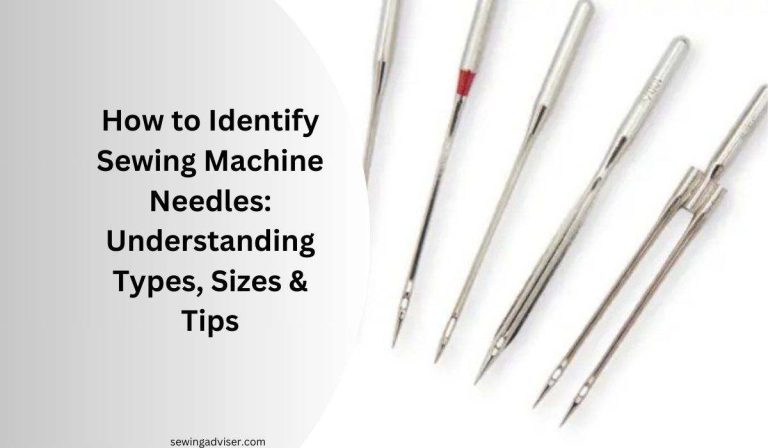
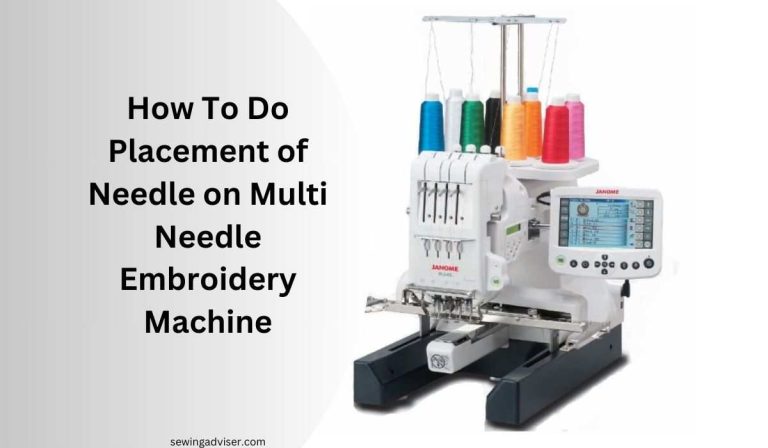

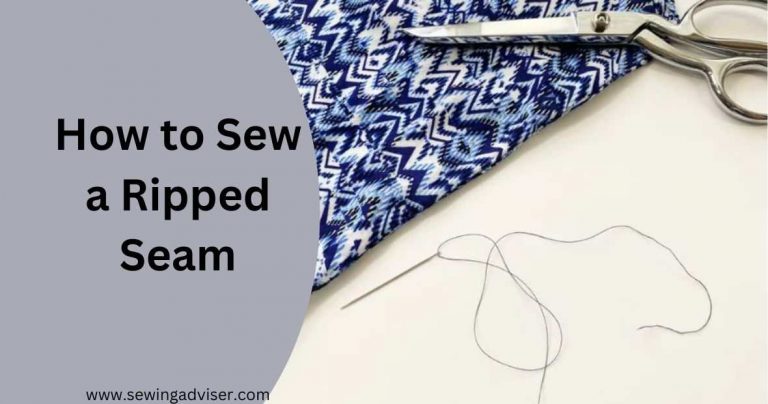
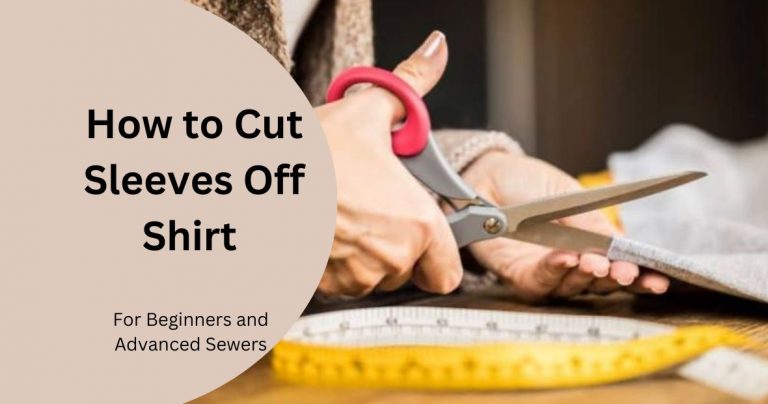
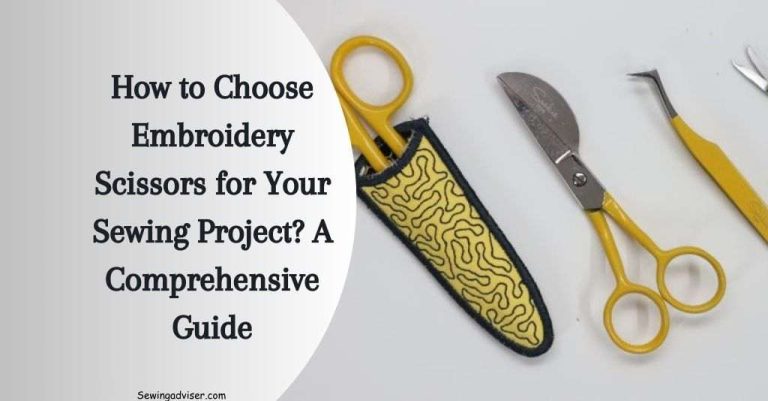
9 Comments